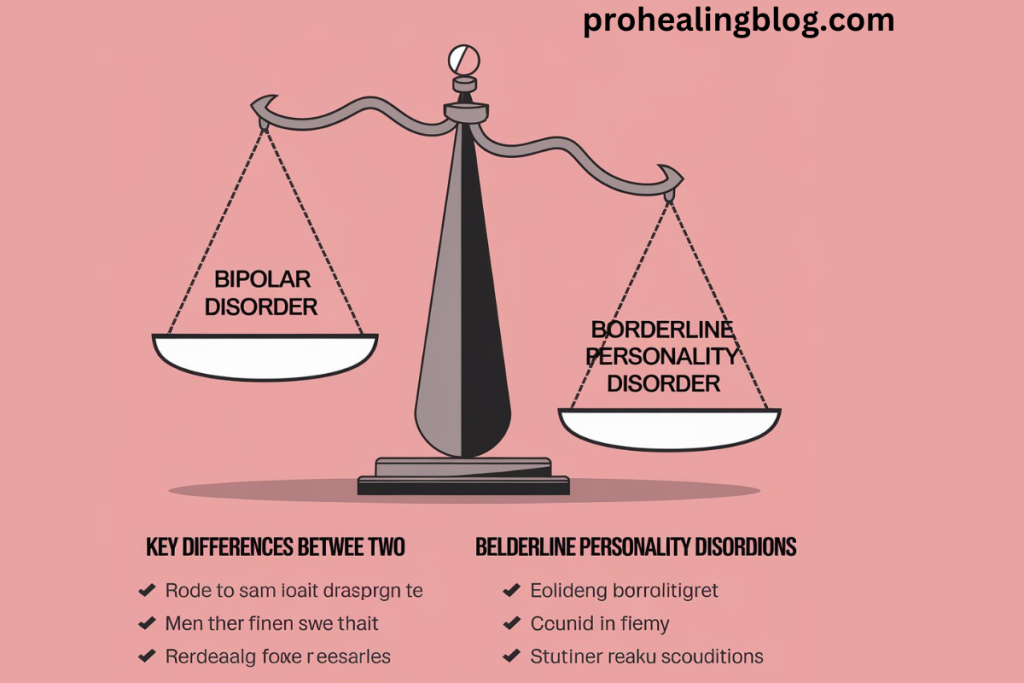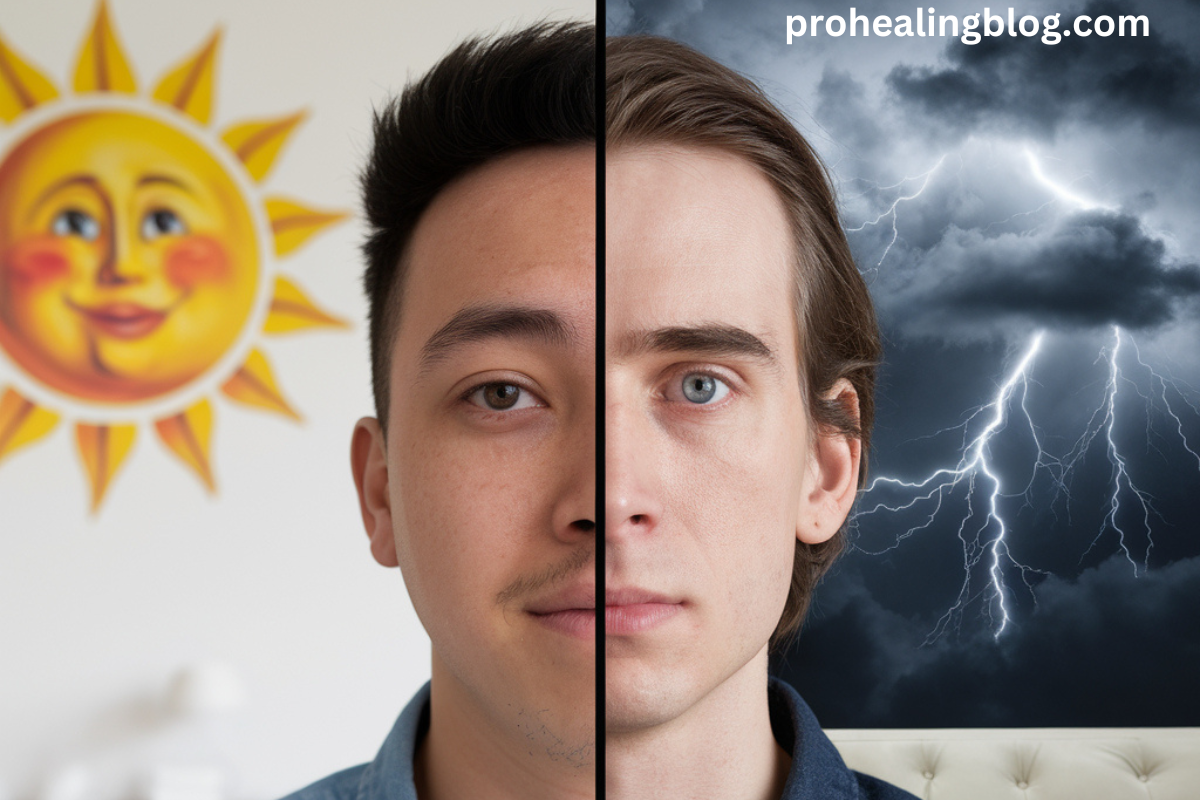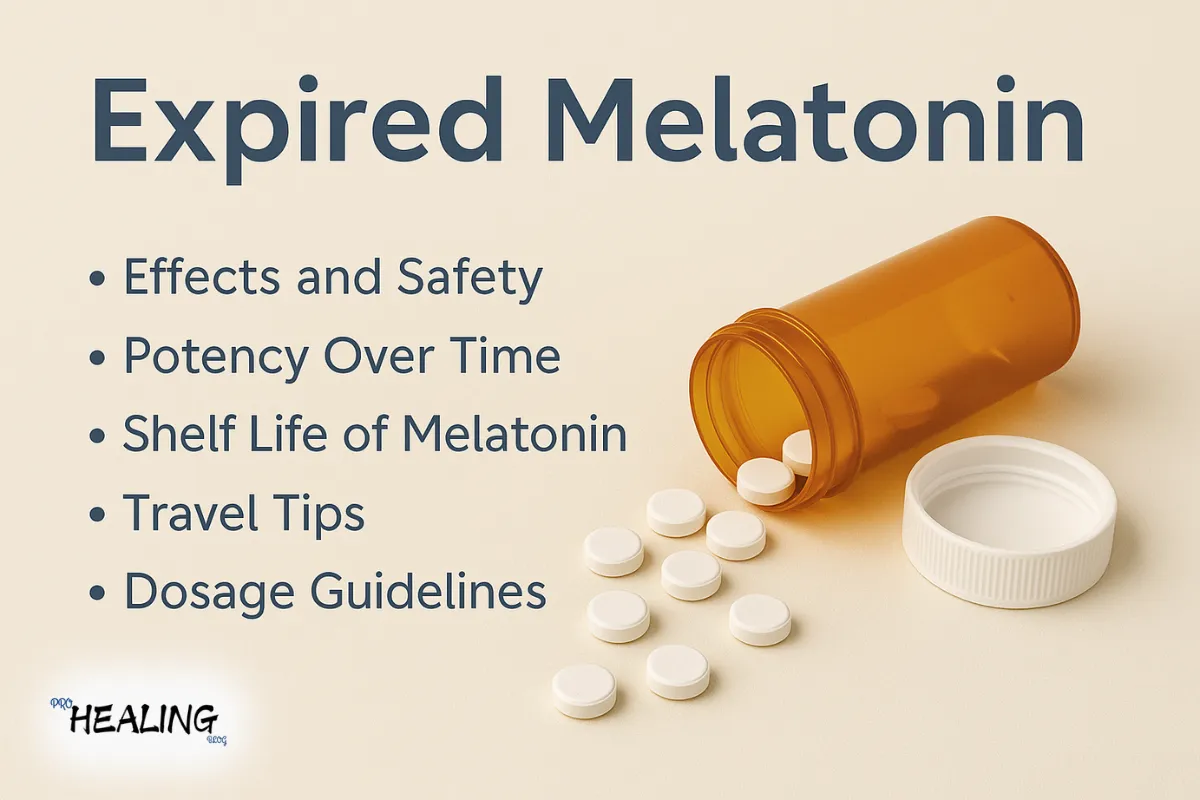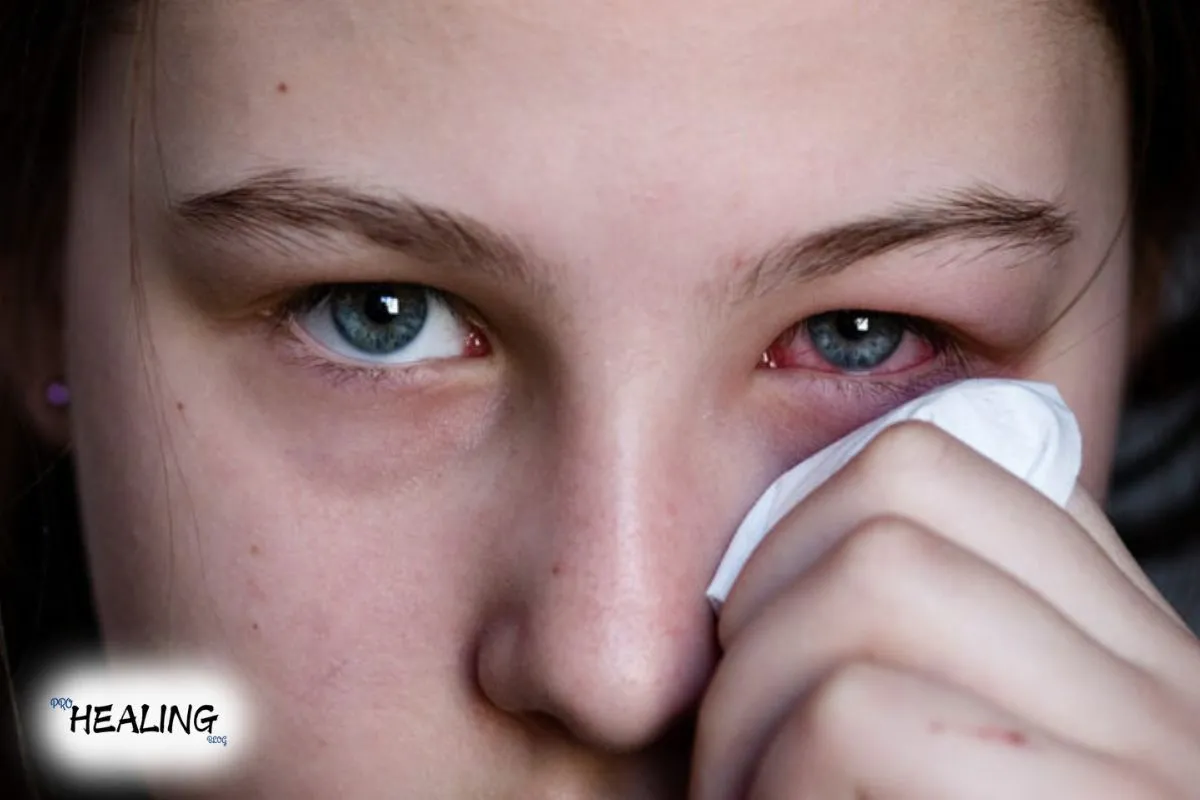Mental health conditions can be confusing. Two of the most often confused disorders are Bipolar Disorder (BD) and Borderline Personality Disorder (BPD). Although both share mood swings as a symptom, they have distinct causes, symptoms, and treatment approaches. Let’s explore the crucial differences and similarities between Bipolar Disorder vs Borderline Personality Disorder.
What is Bipolar Disorder?
Bipolar Disorder is a mood disorder characterized by extreme shifts in mood, energy levels, and behavior. These fluctuations include manic episodes, depressive episodes, and sometimes mixed states.
See also: The Ultimate Hair Care Routine: Steps, Tips, and Best Practices for Healthy Hair
Key Symptoms of Bipolar Disorder:
- Mania: A period of elevated or irritable mood, increased energy, and impulsive behavior.
- Depression: Feelings of sadness, hopelessness, and lack of interest in daily activities.
- Mixed Episodes: A combination of symptoms from both manic and depressive states.
Bipolar Disorder can last for years, and the mood changes can be intense. The disorder typically begins in late adolescence or early adulthood, and the episodes can be quite severe.

What is Borderline Personality Disorder?
Borderline Personality Disorder (BPD) is a mental health disorder that affects how a person thinks, feels, and behaves. It causes instability in relationships, self-image, and emotions. People with BPD often experience intense emotional reactions and a fear of abandonment.
Key Symptoms of Borderline Personality Disorder:
- Emotional Instability: Rapid mood swings, from extreme happiness to deep sadness.
- Fear of Abandonment: Strong anxiety about being left alone or rejected.
- Impulsive Behaviors: Dangerous actions like substance abuse, reckless driving, or spending sprees.
- Unstable Relationships: Alternating between idolizing and devaluing others.
Unlike bipolar disorder, BPD is more related to how a person perceives and interacts with others. The disorder is often a result of trauma or neglect in early life.
Bipolar Disorder vs Borderline Personality Disorder: What’s the Difference?
At first glance, Bipolar Disorder vs Borderline Personality Disorder can seem similar, but they are quite different in nature. Here’s a breakdown of their key differences:
1. Causes:
- Bipolar Disorder: Often caused by genetic factors, neurobiological changes, and imbalances in brain chemicals.
- BPD: More commonly linked to childhood trauma, abuse, or neglect.
2. Mood Changes:
- Bipolar Disorder: Mood changes are more extreme and last for longer periods. A manic episode can last for days or weeks.
- BPD: Mood swings are rapid and intense, often shifting in a matter of hours or minutes.
3. Duration of Episodes:
- Bipolar Disorder: Episodes (mania or depression) can last from several days to weeks or even months.
- BPD: Symptoms are typically triggered by external events and last hours or a day.
4. Self-Image:
- Bipolar Disorder: There is no significant issue with self-image. However, self-esteem can fluctuate during depressive or manic states.
- BPD: Self-identity is unstable. People with BPD often struggle with feelings of worthlessness and have a poor self-image.
5. Relationships:
- Bipolar Disorder: Mood swings can cause strain on relationships, but people with BD typically don’t have a distorted view of others.
- BPD: Relationships are often unstable, with people with BPD swinging between idealizing others and then devaluing them.
See also: Bipolar Disorder vs Borderline Personality Disorder: Key Differences
Similarities Between Bipolar Disorder and Borderline Personality Disorder
While there are distinct differences, there are also some common features between Bipolar Disorder vs Borderline Personality Disorder:
- Mood Swings: Both involve shifts in mood, though the duration and intensity differ.
- Impulsivity: People with both conditions may exhibit impulsive behavior like substance abuse, risky activities, or spending sprees.
- Risk of Suicide: Both disorders carry a higher risk of suicidal thoughts and behaviors.
- Emotional Pain: Individuals with BD or BPD can feel emotional pain deeply, though the triggers and reactions differ.
Diagnosis: How Are Bipolar Disorder and BPD Diagnosed?
The process of diagnosing Bipolar Disorder vs Borderline Personality Disorder involves a comprehensive evaluation by a mental health professional. This often includes:
- A detailed clinical interview
- Assessment of symptom patterns
- Psychological evaluations or questionnaires
It’s essential to distinguish between these disorders to ensure proper treatment. Misdiagnosis can lead to ineffective treatment, especially since they require different approaches.
Treatment Options for Bipolar Disorder
While there’s no cure for Bipolar Disorder, the condition can be managed effectively with proper treatment.
1. Medications:
- Mood stabilizers (e.g., Lithium)
- Antipsychotics for manic symptoms
- Antidepressants (used carefully)
- Anticonvulsants (as mood stabilizers)
2. Therapy:
- Cognitive Behavioral Therapy (CBT): Helps individuals manage negative thinking patterns.
- Psychoeducation: Teaches individuals about their disorder.
- Interpersonal and Social Rhythm Therapy: Focuses on stabilizing daily routines.
3. Lifestyle Adjustments:
- Maintaining a regular sleep schedule
- Exercising and eating healthily
- Avoiding stress triggers
Treatment Options for Borderline Personality Disorder
BPD requires an integrated treatment approach. Therapy plays a crucial role in managing symptoms.
1. Therapy:
- Dialectical Behavior Therapy (DBT): Focuses on emotional regulation and coping skills.
- Cognitive Behavioral Therapy (CBT): Helps change negative thought patterns.
- Schema Therapy: Works on addressing underlying issues and improving self-image.
2. Medications:
- Antidepressants for managing depressive symptoms
- Anti-anxiety medications
- Mood stabilizers
Living with Bipolar Disorder or BPD
Whether you’re managing Bipolar Disorder vs Borderline Personality Disorder, it’s essential to have a robust support system. Treatment can help, but maintaining a healthy lifestyle, seeking therapy, and building strong relationships are crucial for recovery.
Tips for Living with Bipolar Disorder:
- Stick to prescribed medications.
- Track your moods and triggers.
- Build a strong support network.
Tips for Living with Borderline Personality Disorder:
- Commit to therapy.
- Practice mindfulness and grounding techniques.
- Learn emotional regulation skills.
Conclusion: Understanding the Difference
While Bipolar Disorder and Borderline Personality Disorder share some similarities, understanding their differences is key to effective treatment. If you or someone you know is struggling with mood swings or emotional instability, reaching out for professional help is the first step toward recovery.
Whether through therapy, medication, or lifestyle changes, it is possible to manage both of these conditions and lead a fulfilling life. If you’re unsure about your diagnosis, consult a healthcare provider for a thorough assessment and personalized treatment plan.
See also: Bipolar Disorder vs Borderline Personality Disorder: Key Differences






